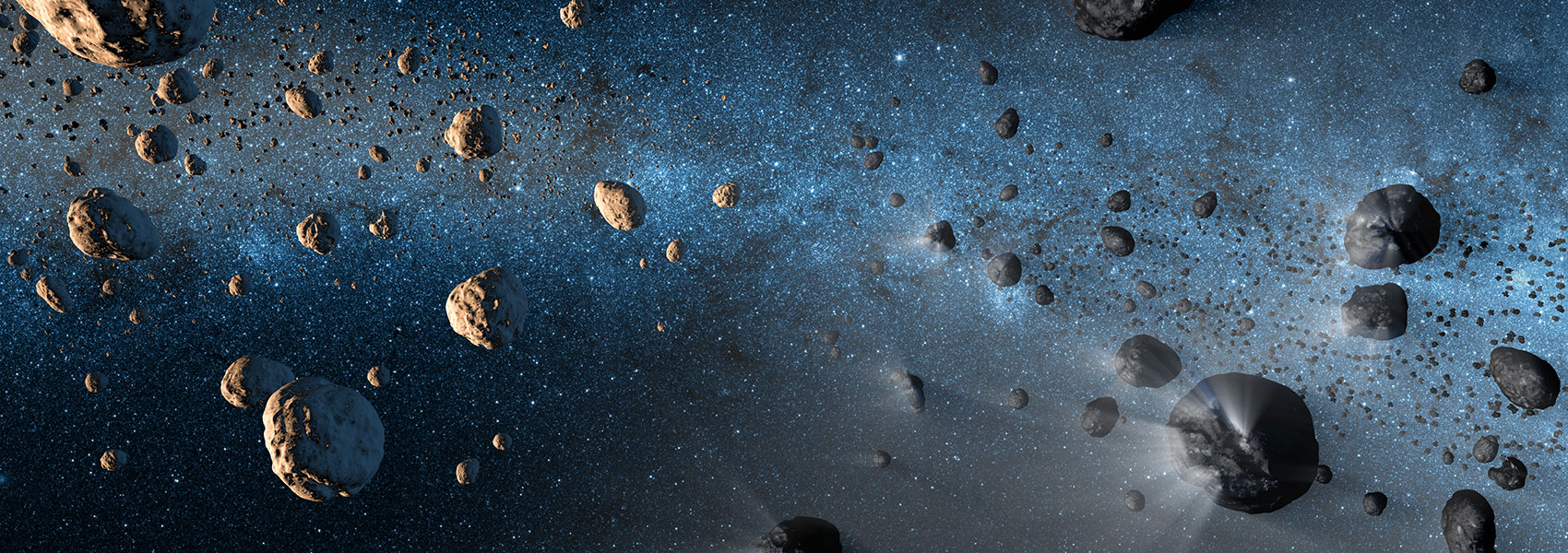December
2011
•
2011ApJS..197...36K
Authors
•
Koekemoer, Anton M.
•
Faber, S. M.
•
Ferguson, Henry C.
•
Grogin, Norman A.
•
Kocevski, Dale D.
•
Koo, David C.
•
Lai, Kamson
•
Lotz, Jennifer M.
•
Lucas, Ray A.
•
McGrath, Elizabeth J.
•
Ogaz, Sara
•
Rajan, Abhijith
•
Riess, Adam G.
•
Rodney, Steve A.
•
Strolger, Louis
•
Casertano, Stefano
•
Castellano, Marco
•
Dahlen, Tomas
•
Dickinson, Mark
•
Dolch, Timothy
•
Fontana, Adriano
•
Giavalisco, Mauro
•
Grazian, Andrea
•
Guo, Yicheng
•
Hathi, Nimish P.
•
Huang, Kuang-Han
•
van der Wel, Arjen
•
Yan, Hao-Jing
•
Acquaviva, Viviana
•
Alexander, David M.
•
Almaini, Omar
•
Ashby, Matthew L. N.
•
Barden, Marco
•
Bell, Eric F.
•
Bournaud, Frédéric
•
Brown, Thomas M.
•
Caputi, Karina I.
•
Cassata, Paolo
•
Challis, Peter J.
•
Chary, Ranga-Ram
•
Cheung, Edmond
•
Cirasuolo, Michele
•
Conselice, Christopher J.
•
Roshan Cooray, Asantha
•
Croton, Darren J.
•
Daddi, Emanuele
•
Davé, Romeel
•
de Mello, Duilia F.
•
de Ravel, Loic
•
Dekel, Avishai
•
Donley, Jennifer L.
•
Dunlop, James S.
•
Dutton, Aaron A.
•
Elbaz, David
•
Fazio, Giovanni G.
•
Filippenko, Alexei V.
•
Finkelstein, Steven L.
•
Frazer, Chris
•
Gardner, Jonathan P.
•
Garnavich, Peter M.
•
Gawiser, Eric
•
Gruetzbauch, Ruth
•
Hartley, Will G.
•
Häussler, Boris
•
Herrington, Jessica
•
Hopkins, Philip F.
•
Huang, Jia-Sheng
•
Jha, Saurabh W.
•
Johnson, Andrew
•
Kartaltepe, Jeyhan S.
•
Khostovan, Ali A.
•
Kirshner, Robert P.
•
Lani, Caterina
•
Lee, Kyoung-Soo
•
Li, Weidong
•
Madau, Piero
•
McCarthy, Patrick J.
•
McIntosh, Daniel H.
•
McLure, Ross J.
•
McPartland, Conor
•
Mobasher, Bahram
•
Moreira, Heidi
•
Mortlock, Alice
•
Moustakas, Leonidas A.
•
Mozena, Mark
•
Nandra, Kirpal
•
Newman, Jeffrey A.
•
Nielsen, Jennifer L.
•
Niemi, Sami
•
Noeske, Kai G.
•
Papovich, Casey J.
•
Pentericci, Laura
•
Pope, Alexandra
•
Primack, Joel R.
•
Ravindranath, Swara
•
Reddy, Naveen A.
•
Renzini, Alvio
•
Rix, Hans-Walter
•
Robaina, Aday R.
•
Rosario, David J.
•
Rosati, Piero
•
Salimbeni, Sara
•
Scarlata, Claudia
•
Siana, Brian
•
Simard, Luc
•
Smidt, Joseph
•
Snyder, Diana
•
Somerville, Rachel S.
•
Spinrad, Hyron
•
Straughn, Amber N.
•
Telford, Olivia
•
Teplitz, Harry I.
•
Trump, Jonathan R.
•
Vargas, Carlos
•
Villforth, Carolin
•
Wagner, Cory R.
•
Wandro, Pat
•
Wechsler, Risa H.
•
Weiner, Benjamin J.
•
Wiklind, Tommy
•
Wild, Vivienne
•
Wilson, Grant
•
Wuyts, Stijn
•
Yun, Min S.
Abstract
•
This paper describes the Hubble Space Telescope imaging data products and data reduction procedures for the Cosmic Assembly Near-infrared Deep Extragalactic Legacy Survey (CANDELS). This survey is designed to document the evolution of galaxies and black holes at z ≈ 1.5-8, and to study Type Ia supernovae at z > 1.5. Five premier multi-wavelength sky regions are selected, each with extensive multi-wavelength observations. The primary CANDELS data consist of imaging obtained in the Wide Field Camera 3 infrared channel (WFC3/IR) and the WFC3 ultraviolet/optical channel, along with the Advanced Camera for Surveys (ACS). The CANDELS/Deep survey covers ~125 arcmin2 within GOODS-N and GOODS-S, while the remainder consists of the CANDELS/Wide survey, achieving a total of ~800 arcmin2 across GOODS and three additional fields (Extended Groth Strip, COSMOS, and Ultra-Deep Survey). We summarize the observational aspects of the survey as motivated by the scientific goals and present a detailed description of the data reduction procedures and products from the survey. Our data reduction methods utilize the most up-to-date calibration files and image combination procedures. We have paid special attention to correcting a range of instrumental effects, including charge transfer efficiency degradation for ACS, removal of electronic bias-striping present in ACS data after Servicing Mission 4, and persistence effects and other artifacts in WFC3/IR. For each field, we release mosaics for individual epochs and eventual mosaics containing data from all epochs combined, to facilitate photometric variability studies and the deepest possible photometry. A more detailed overview of the science goals and observational design of the survey are presented in a companion paper.
Links




